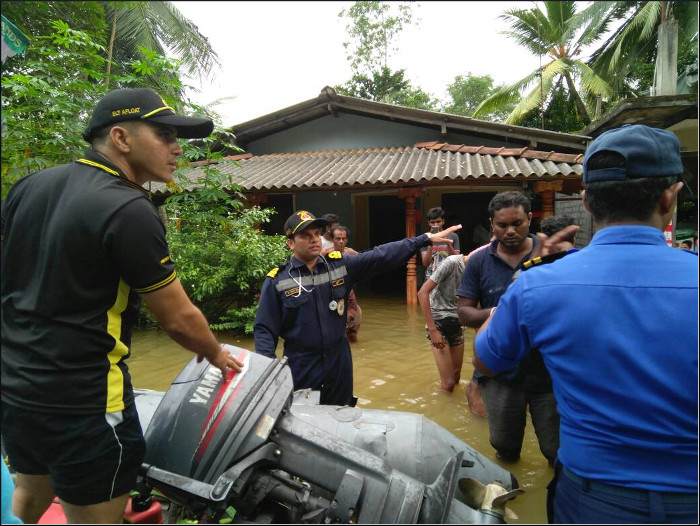Sri Lanka beset by floods and dengue virus

16 July 2017
More than six weeks on, Sri Lanka is still coping with the aftermath of the extensive flooding which led to devastating mud slides. Latest figures indicate that over 200 people were killed and 600,000 displaced from their homes because of the disaster – with children making up at least ten per cent of those who have lost their homes and possessions.
The situation has been further impacted by the worst-ever outbreak of the mosquito borne virus, dengue; with heavy rainfall leaving cities waterlogged, rain-soaked rubbish has provided an ideal breeding place for the mosquitos. The most severely affected areas are Sri Lanka's Western Province, Sabaragamuwa Province, Southern Proince and part of Central Province. The highest number of cases is in the region around the main city of Colombo, though cases were being reported across the tropical island nation.
The Sri Lanka Armed Forces initially deployed nearly 10,000 personnel and equipment for relief, help and rescue operations, the biggest peace time deployment of troops in Sri Lanka. Foreign aid has been pouring in from key international organisations, such as the UN Central Emergency Response Fund. The Disaster Management Centre, an arm of the Ministry of Disaster Management at the forefront of dealing with the fall out of these issues, is working with all 25 districts and, on the front line, soldiers, police officers and public health inspectors have been advising people on how to avoid further hazards caused by clogged drains and trapped water.
Back to News





